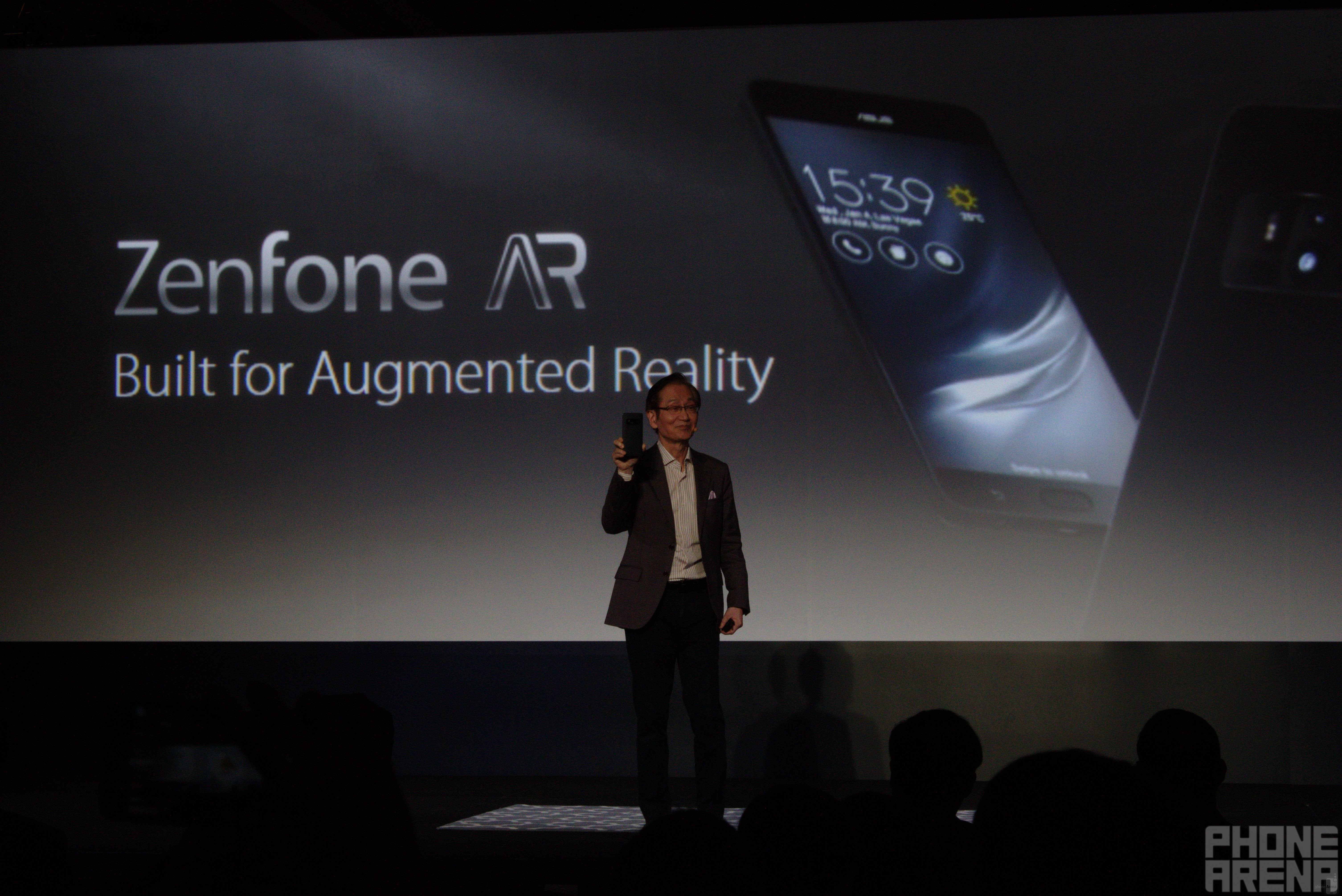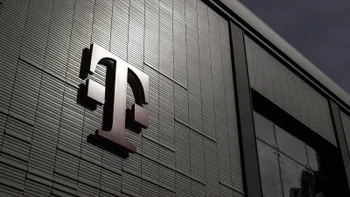Here's a close-up look at the Asus ZenFone AR - the first phone with support for Daydream and Tango

Along with support for both Daydream and Tango, the ZenFone AR has a lot of other impressive tech that it's packing into it. The 5.7-inch 1440 x 2560 Super AMOLED display that's present here looked quite impressive even under harsh ballroom lighting, and it should make Daydream apps and games look truly stunning when you make use of them. The processor being used inside of the ZenFone AR is that of the Snapdragon 821, but Asus is saying that they've partnered with Qualcomm to optimize the chipset to make it as efficient as possible when using AR and VR features. In our time with the phone, everything felt incredibly fast and snappy. Navigating through the UI felt fluid, apps opened quickly, and Asus's custom software on top of Android 7.0 Nougat is the best-looking iteration of the skin that we've seen yet.
The phone itself is nicely made and feels pretty good in the hand (despite it being tethered to the table and attached to a security alarm). The sides are made out of aluminum and a faux-leather material is present on the backhand side, and while it might not be jaw-dropping, it does stand out from the crowd of all-aluminum slates we've been seeing as of late. It isn't our absolute favorite design, but it still looks quite good.
The Asus ZenFone AR is slated to come out sometime in Q2 of 2017, and we'll be publishing our full hands-on of the phone later on in the week. Be sure to ask any questions in the comments below so we can address them prior to our additional use of the handset, and keep an eye out for the rest of our CES 2017 coverage!
Follow us on Google News










![A new Android bug is making it impossible to install new apps. Are you affected? [UPDATE]](https://m-cdn.phonearena.com/images/article/176703-wide-two_350/A-new-Android-bug-is-making-it-impossible-to-install-new-apps.-Are-you-affected-UPDATE.webp)

Things that are NOT allowed:
To help keep our community safe and free from spam, we apply temporary limits to newly created accounts: